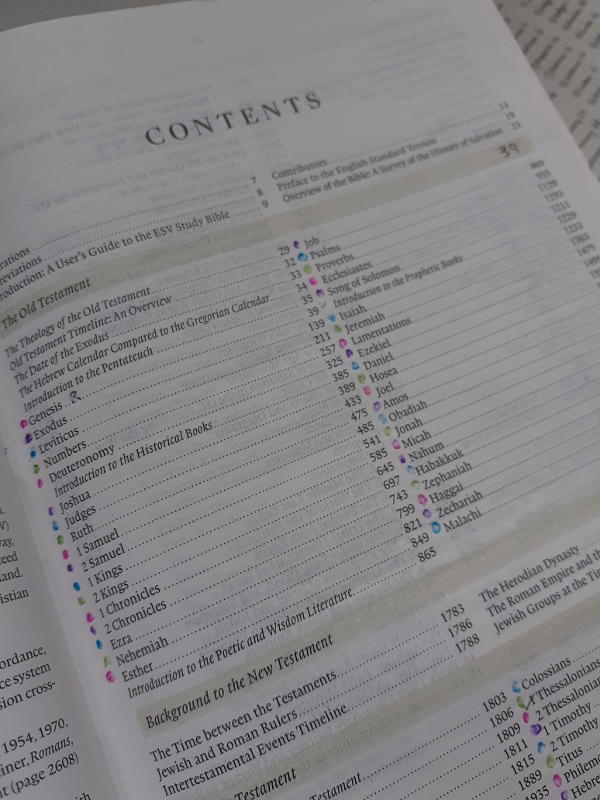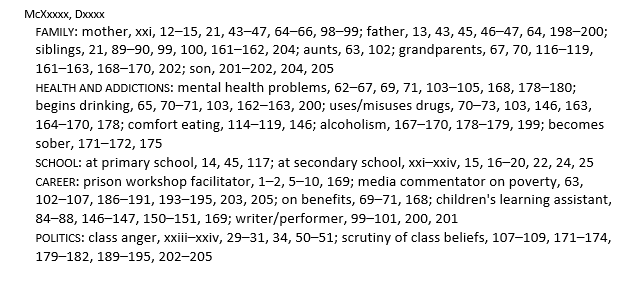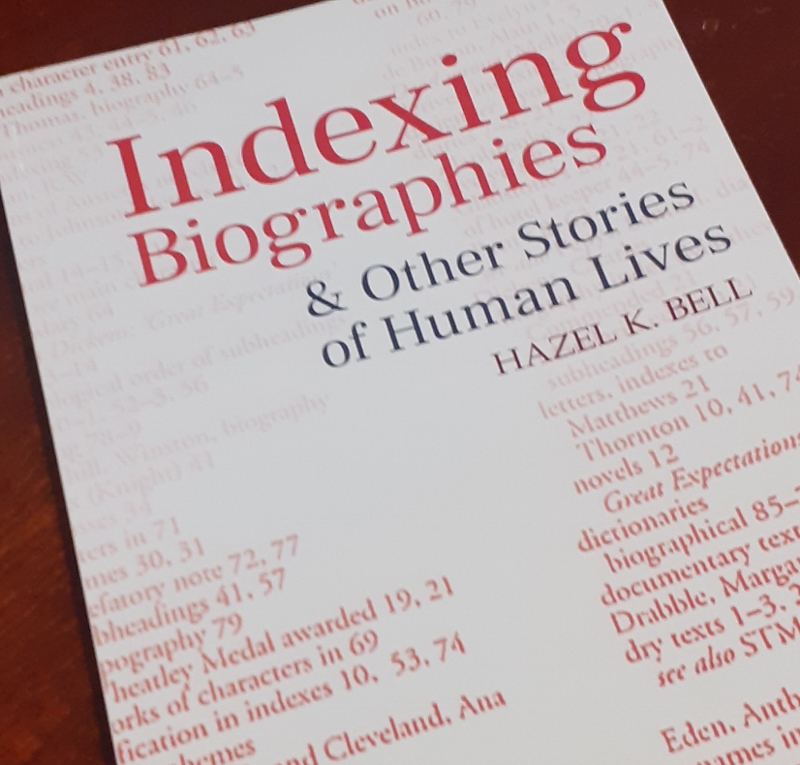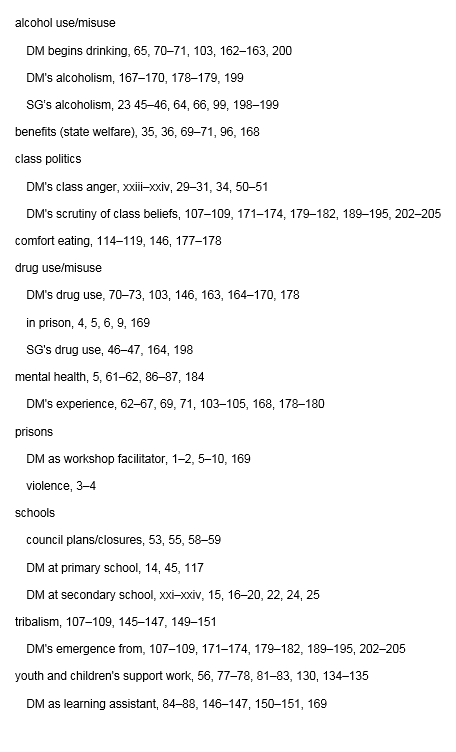Sometimes indexers use ordering systems that are neither numerical nor alphabetical. This post discusses two examples of different arrangements: the book order of a Scripture index, and the use of themes in biographical indexing.

In a Scripture index the order is determined by the order of books in the Bible.
| Genesis |
| Exodus |
| Leviticus |
| etc. |
In an alphabetical index, Genesis would be mid-list, instead of at the very beginning.
Book order could be unhelpful for users who aren’t familiar with the Bible, but it works in a text aimed at theological academics.
A Scripture index might sit as a separate sequence alongside a subject index presented in alphabetical order.
Another type of information that is sometimes organised in a non-alphabetical way is biography and autobiography where entries can be more helpfully listed chronologically or grouped as themes.
I created this entry for the main character in an autobiographical polemic. I will refer to him as DM below. The main entry for DM is in run-on format. I created five themes which were differentiated from the subheadings by the use of small capitals. The subheadings followed each theme with locators for each.


Hazel K. Bell discusses the use of themes in her book Indexing Biographies and Other Stories of Human Lives (4th Edition) Liverpool University Press, 2020:
“
She writes that the run-on format reinforces the narrative reading effect (p96). The index entry acts as a precis of the person’s life.
In my example, I used this approach for two significant people in the book and the rest of the entries are in alphabetical order. Each of the subheadings/themes are covered in the alphabetical entries as well:

The reader will find out about DM’s descent into alcoholism if they turn to ‘A’ for alcohol or if they turn to DM’s main entry. This is an example of a double entry. Information is repeated within the index to help the reader find it if they choose one of a range of access points.
DM’s main entry refers to the parts of the book which discuss his experience of claiming benefits. The heading ‘benefits (state welfare)’ under ‘B’ includes all of those locators as well as other references to general material about the topic. There are only a few locators so there is no need to separate them into subheadings in the way that has been done under ‘schools’ or ‘alcohol use/misuse’.
This index to an autobiographical polemic shows how themed subheadings for one or two entries can fit within an alphabetical sequence.
There are other types of ordering (by historical period; in development order e.g. commissioning, production, decommissioning; in spatial order e.g. local, national, international etc.)
These two examples show that sometimes A to Z is not the most helpful way of organizing an index or subheadings within an index.
